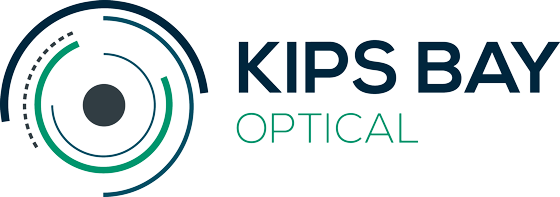
As we age, it's natural for our bodies to undergo various changes, and our eyes are no exception. Many people notice their vision is different from what it used to be. Understanding the specifics of these changes can help you manage them effectively. Here’s what you need to know about age-related vision changes and how to maintain healthy eyesight as you grow older.
Common Age-Related Vision Changes
Presbyopia
Presbyopia is one of the most common age-related vision changes, typically starting in your 40s. It occurs when the lens inside the eye becomes less flexible, making it difficult to focus on close objects. You might notice that you need to hold reading materials farther away to see them clearly or that small print is more challenging to read.
Dry Eyes
Tear production often decreases with age, leading to dry eyes. This condition can cause discomfort, redness, and a gritty sensation. While it’s usually more of a nuisance than a serious problem, untreated, dry eyes can lead to more significant issues, including damage to the cornea.
Decreased Contrast Sensitivity
As you age, you might find it harder to distinguish between similar colors or detect differences in textures, especially in low-light conditions. This is due to changes in the retina and optic nerve and can make tasks like driving at night more challenging.
Cataracts
Cataracts, cloudy areas in the eye's lens, are common in older adults. They develop slowly over time, leading to blurry vision, faded colors, and increased sensitivity to glare. Cataracts are treatable with surgery, one of today's most common and successful procedures.
Glaucoma and Age-Related Macular Degeneration (AMD)
While presbyopia and cataracts are almost inevitable with age, glaucoma and AMD are more severe conditions that require prompt attention. Glaucoma, often linked to increased pressure in the eye, can lead to vision loss if untreated. AMD affects the macula, the part of the retina responsible for sharp central vision, leading to difficulties with reading, driving, and recognizing faces.
When to Seek Help from an Eye Doctor
It’s important to differentiate between regular age-related changes and symptoms that could indicate a more serious issue. Blurred vision, difficulty seeing in low light, or sudden vision changes warrant visiting your optometrist. Regular eye exams are crucial, allowing your eye care provider to detect problems early and recommend appropriate treatments.
Managing Age-Related Vision Changes
While you can’t stop the aging process, there are several ways to manage vision changes effectively:
- Regular Eye Exams: Request comprehensive eye exams at least once a year. This helps in early detection and management of conditions like glaucoma and AMD.
- Healthy Lifestyle: Maintain a balanced diet of fruits, vegetables, and omega-3 fatty acids. Exercise regularly and avoid smoking, as these habits can reduce the risk of developing severe eye conditions.
- Protect Your Eyes: Wear sunglasses with UV protection outdoors to shield your eyes from harmful rays, which can contribute to cataracts and other eye issues.
Protect Your Vision as You Age
Aging affects everyone, but with the proper knowledge and proactive care, you can maintain healthy vision well into your later years. If you're experiencing any changes in your vision, don't hesitate to contact Kips Bay Optical at New York. Our team is here to help you navigate the challenges of aging eyes with comprehensive care and personalized treatment plans.
